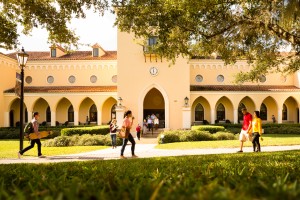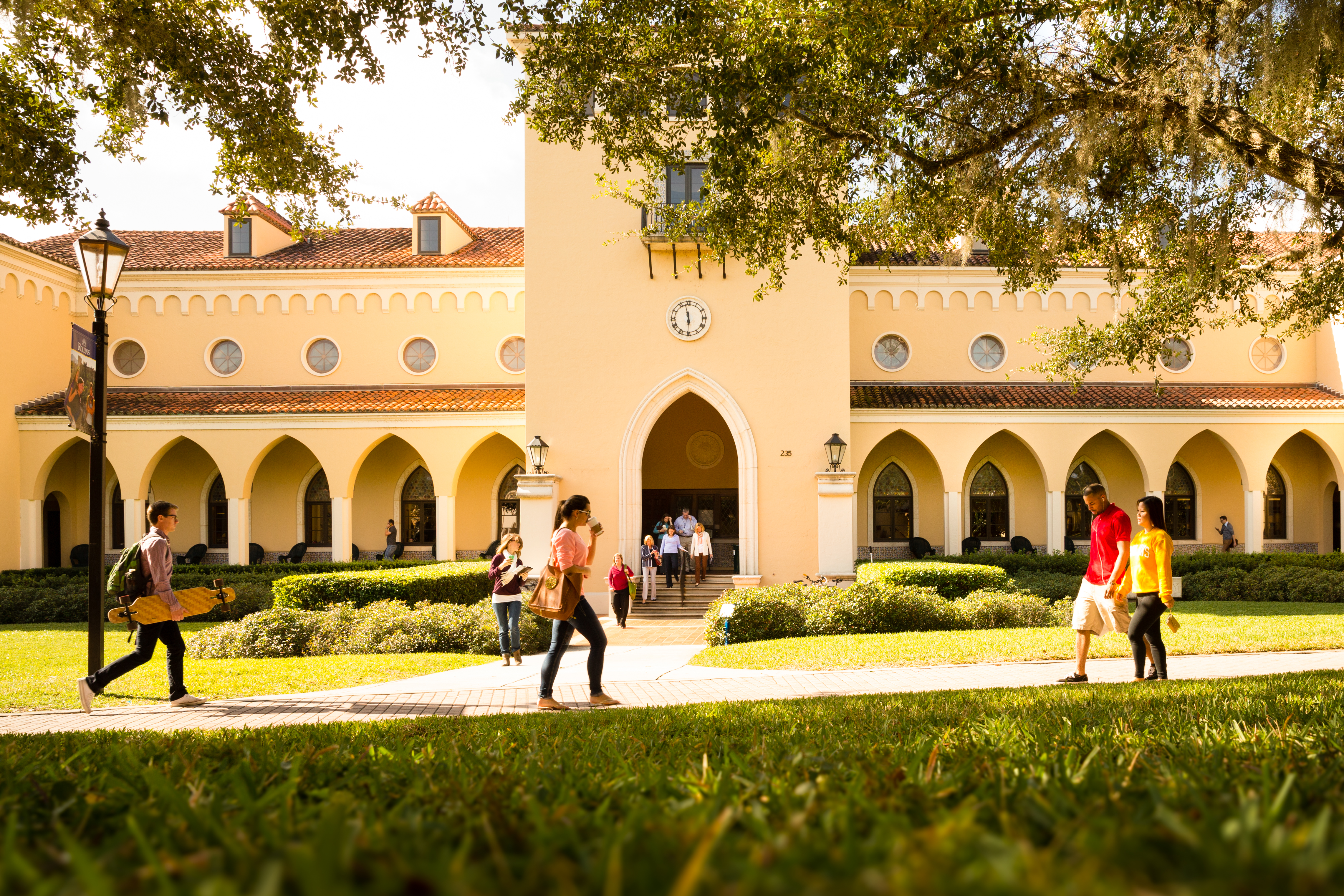 Walking into Olin Library at any given time of the day, I see the entire main floor bustling with students. From 10 a.m. to 10 p.m. on weekdays it is hard to find an available seat or desktop computer. In the early mornings and afternoons there is frequently a considerable line at the Bookmark Café.
Walking into Olin Library at any given time of the day, I see the entire main floor bustling with students. From 10 a.m. to 10 p.m. on weekdays it is hard to find an available seat or desktop computer. In the early mornings and afternoons there is frequently a considerable line at the Bookmark Café.
It seems to me, though, that there is one particular resource that is not used too often: books. Actually, not just books, but practically everything that cannot be accessed by the click of a mouse.
Whenever I visit the library, I will admit, I feel guilty. It is not the same as when I was a little girl and would revel in everything the local library had to offer. I loved the smell of books—old and new ones—browsing through and taking home more than I could carry, and even checking out the grainy VHS copy of The Sound of Music that ended up eventually breaking our VCR.
I attribute my neglect of Olin to how busy I am. I know the archives hold countless treasures from throughout history—from original medieval and renaissance texts that could disintegrate in hands without gloves, to a sweater and pair of sneakers once owned by Mr. Fred Rogers. I also know that the shelves hold countless books and DVDs. The reason I visit the library, though, is usually to grab a quick snack or beverage between classes, to work on a group project, or to use the printer.
It appears that many students are unaware of the numerous resources the library has to offer, even Maddy Clark ’15 who works in the library at TJ’s as a writing consultant and Spanish tutor.
“I’ve never checked out a book,” she said. “I don’t know how to use the scanner in the library, and I literally don’t know what’s on the bottom floor—mysterious offices and archives of who knows what. I know there are people in the library whose job is to help the students take full advantage of the library, and I don’t even know what they’re called or who they are.”
One of these people is Susan Montgomery, Olin’s public service librarian since 2010.
“I think Rollins students use the library for various reasons at different points in the Rollins career,” she said. “Our space is very popular for students to meet in groups, study quietly, relax, and unwind. I know they refer to the library as Club Olin, which we think is great.”
While many, myself included, assume that checking out books is a thing of the past, Olin still sees the importance in providing a range of resources—including books—to students.
“Students do different types of research. Some utilize books more than others, while some access our databases or use the technology available in the building,” Montgomery said.
She added, “I know many academic libraries have seen declines in their usage, but we feel students at Rollins see the library as a valuable part of their learning.”
Compared to 10 years ago, the library has seen a significant increase to almost 15,000 books. It also offers bicycle and equipment checkouts, including laptops, cameras, and more. Between August 2004 and May 2005 the library had 41,552 checkouts while the 2013-2014 school year had 55,319.
Although checkouts are still a popular aspect of the library, it seems that not many students think to seek help from the librarians, whose main purpose is to aid students in the research process.
“Students can access a majority of our resources online, which is great, because that is where they are and what they prefer, but the library is more than its content,” said Montgomery. “We have a variety of spaces for students to do their work, we are located in a place that students can get to easily, and we have librarians who are happy to meet with students and help them with their research.”
Appropriately, the sign in her office reads: “Please Interrupt Me! Your request is more interesting than what I’m doing.”







Be First to Comment